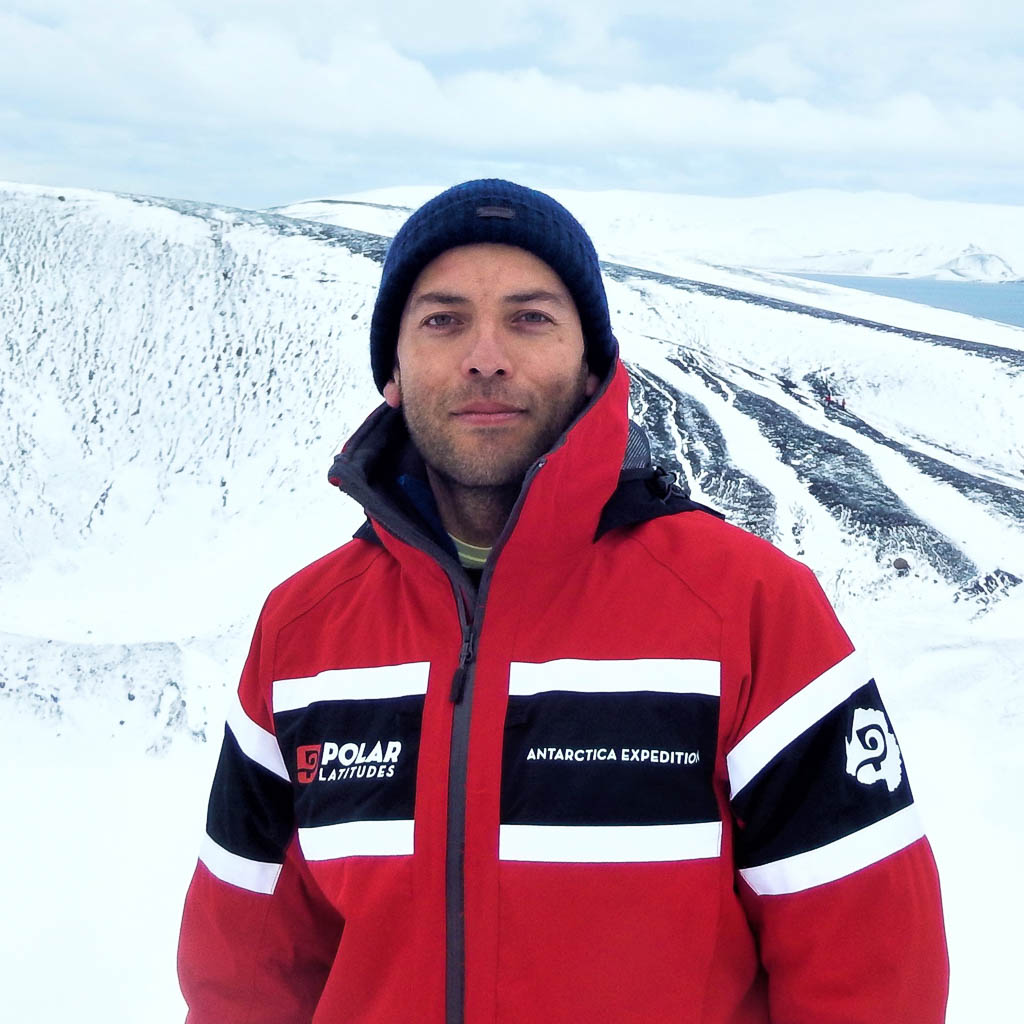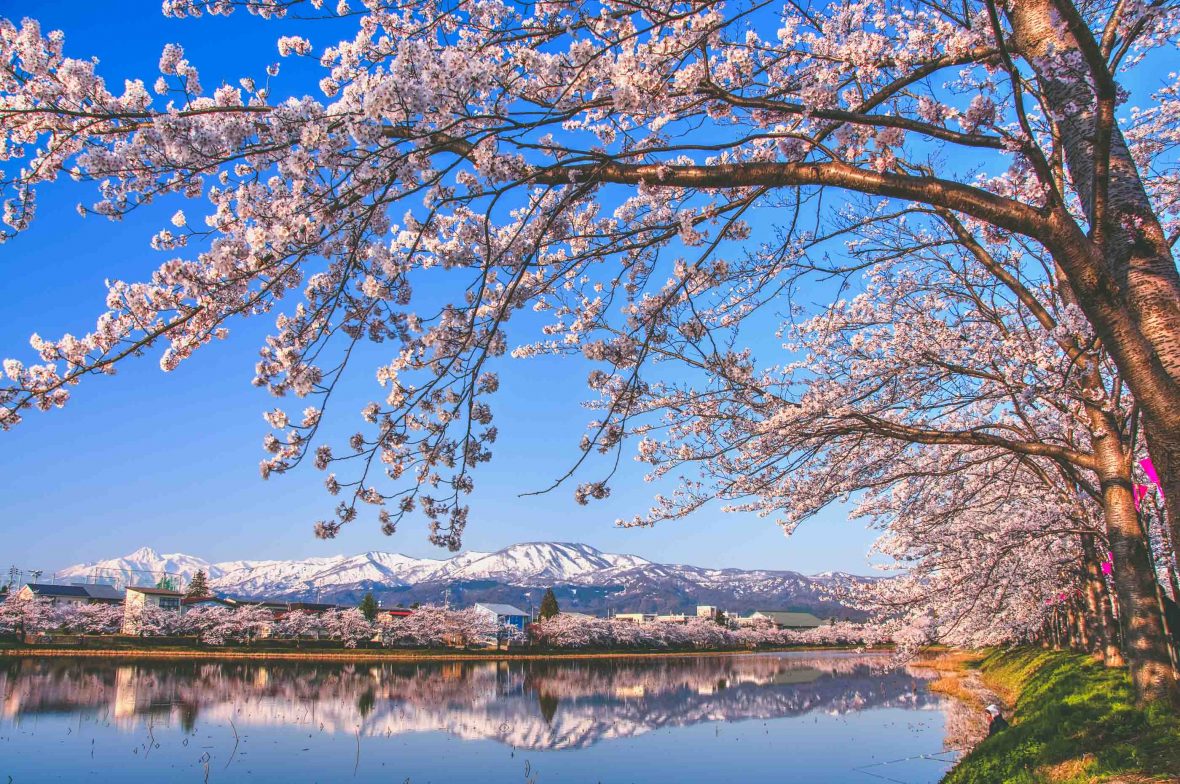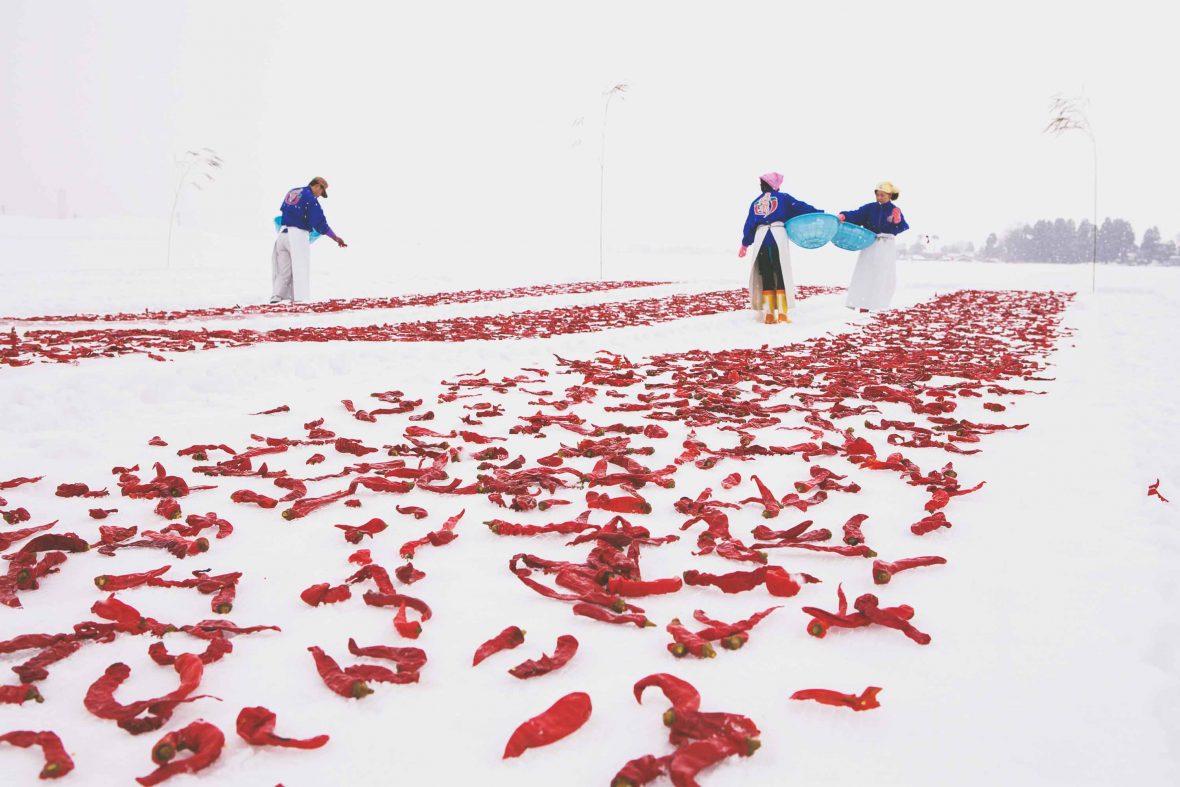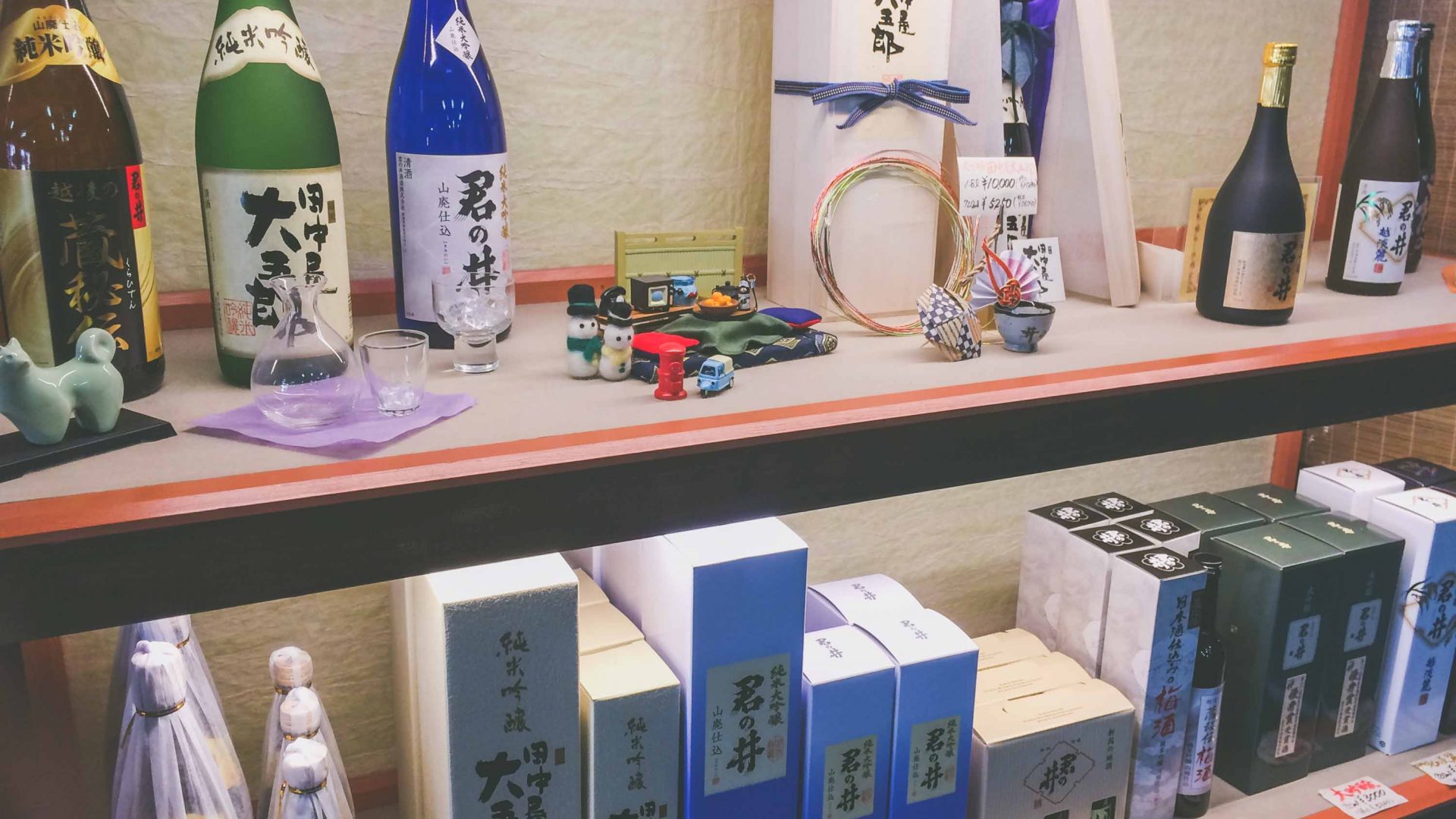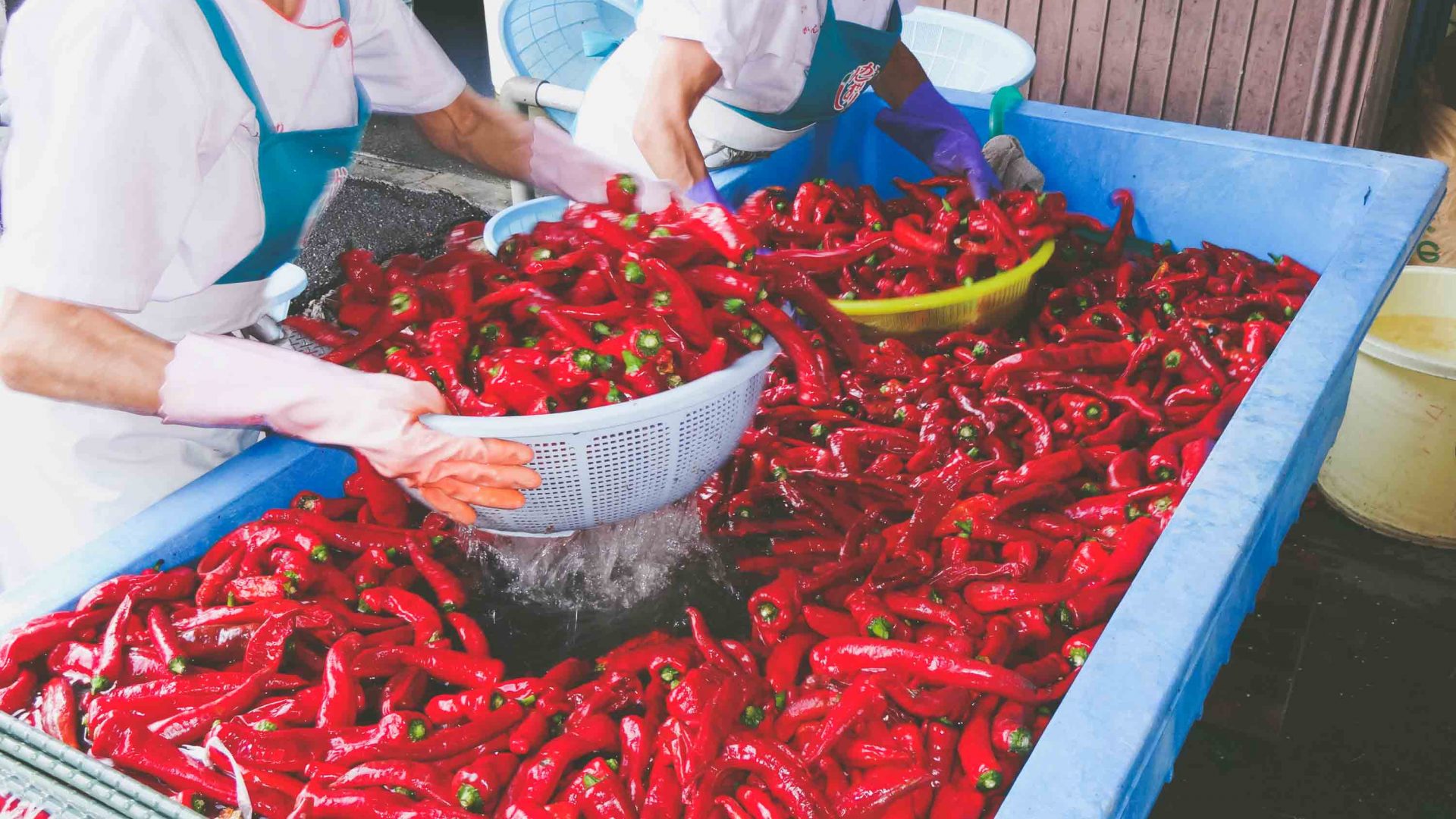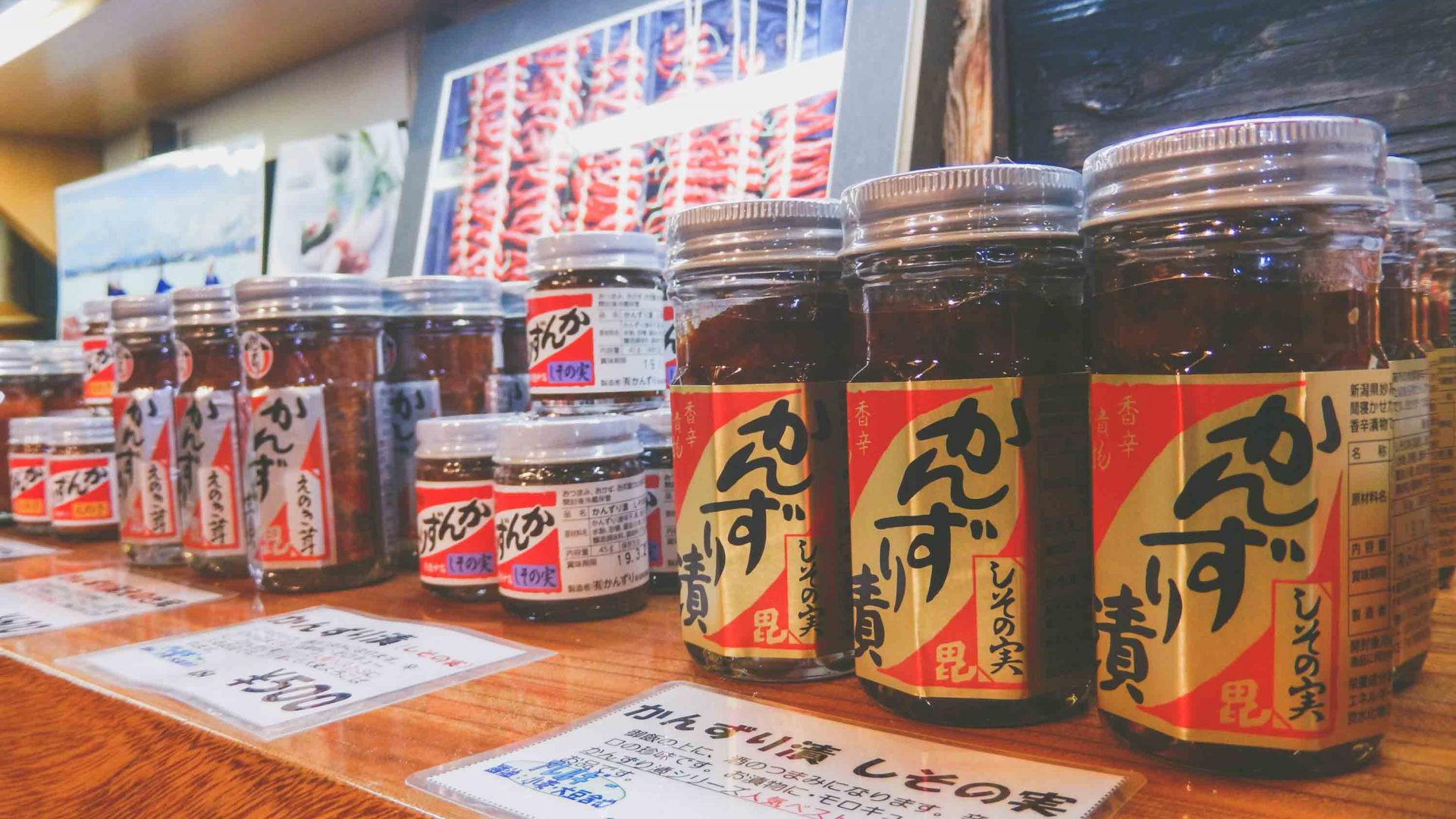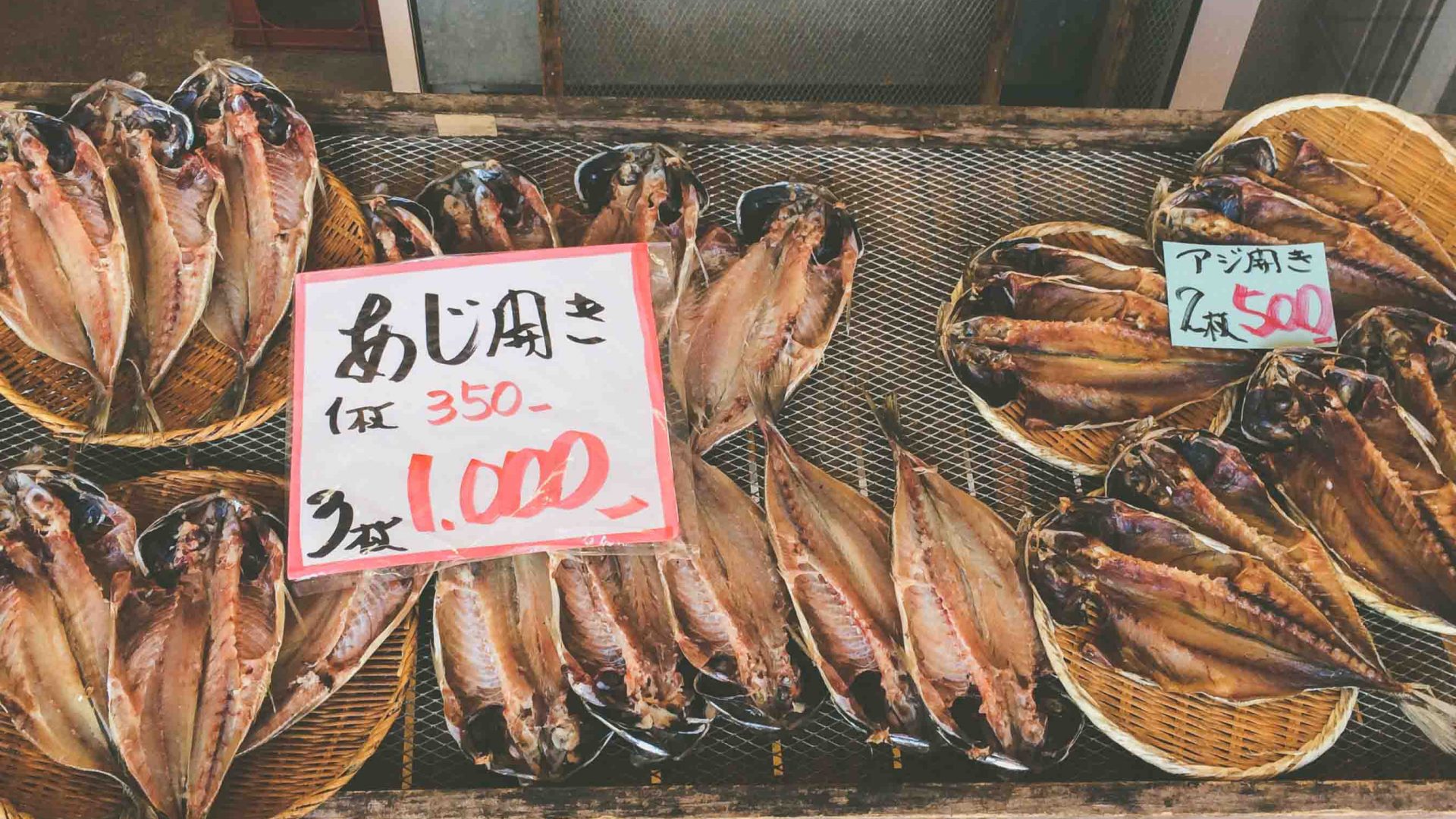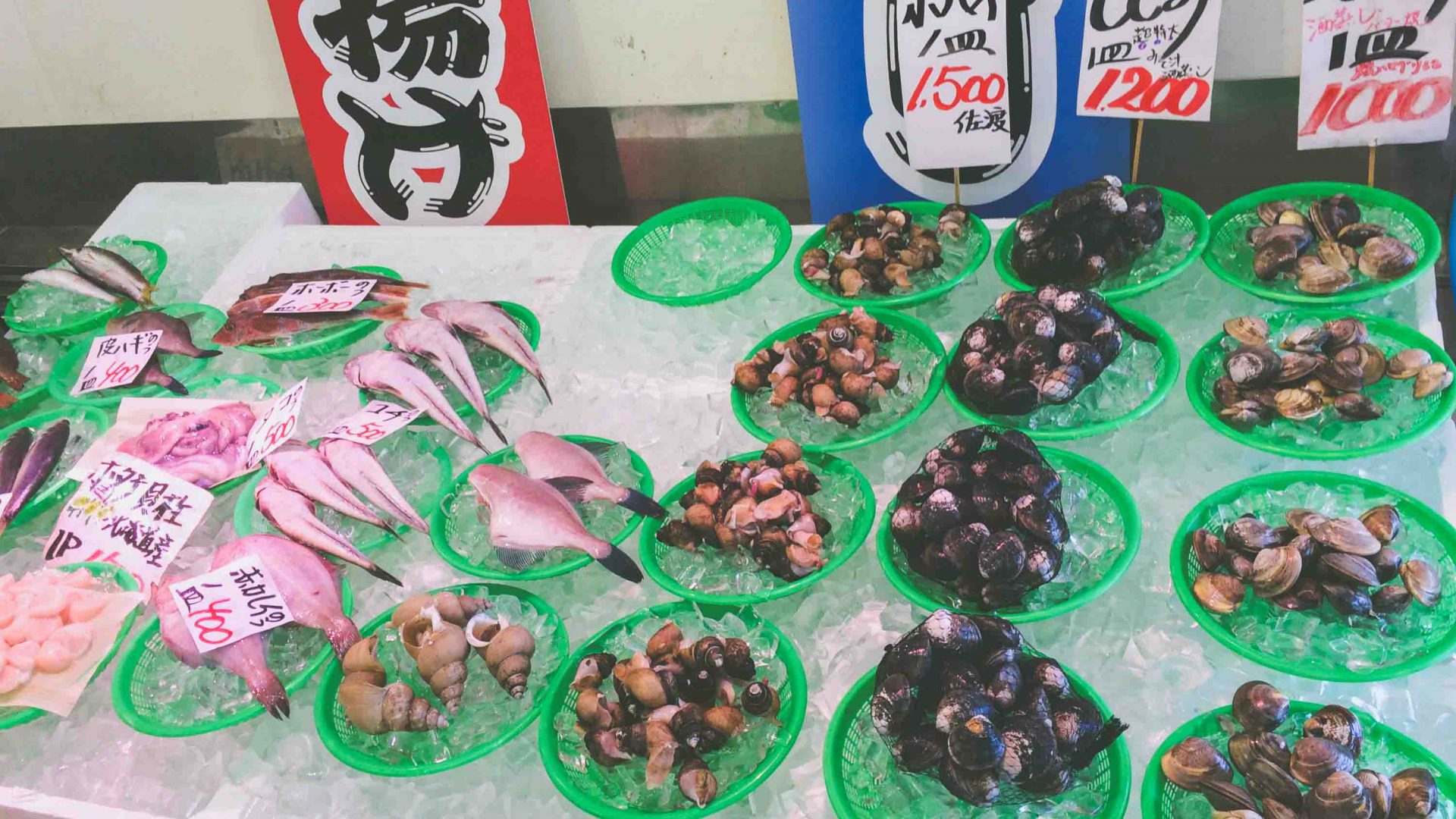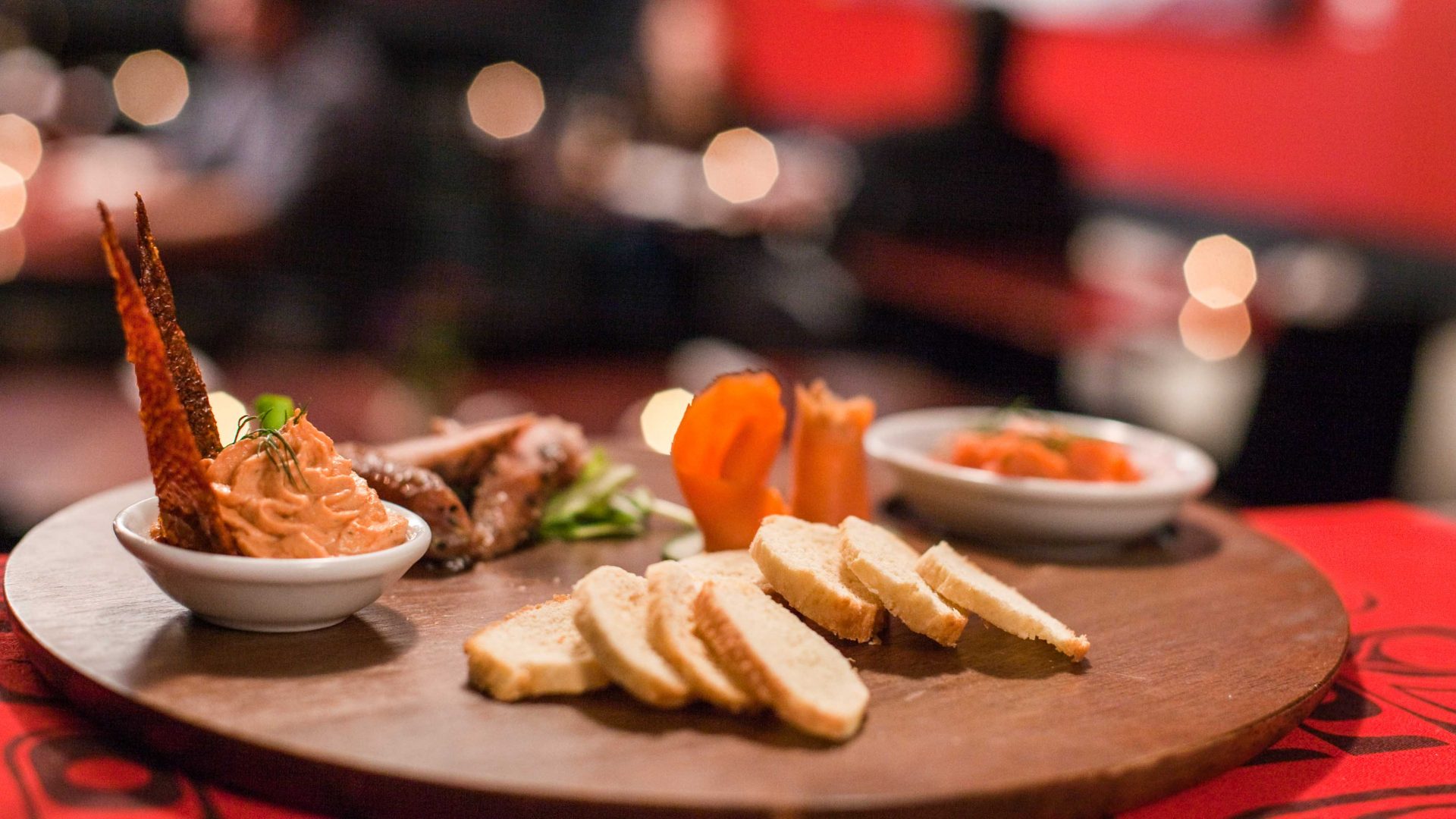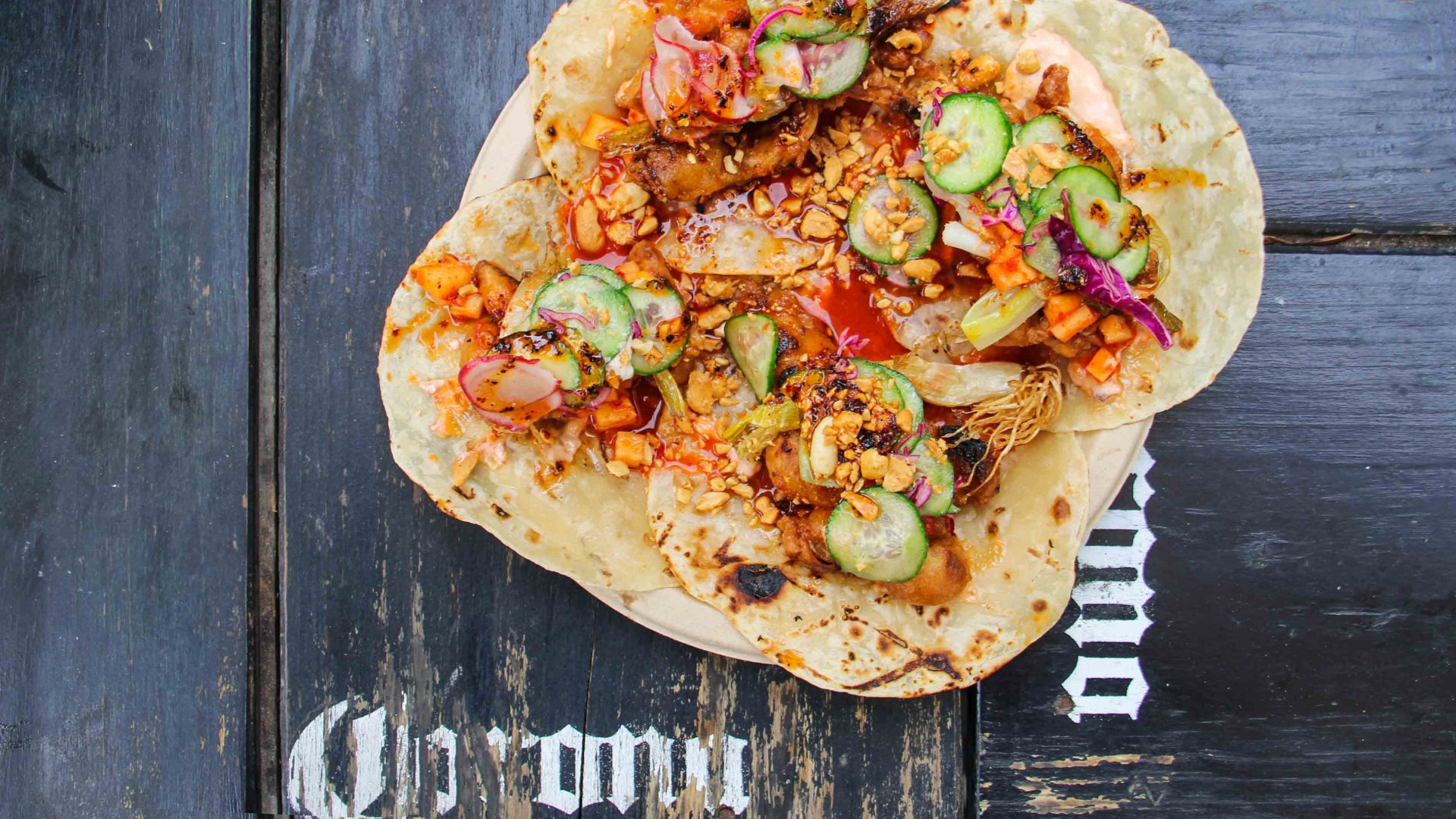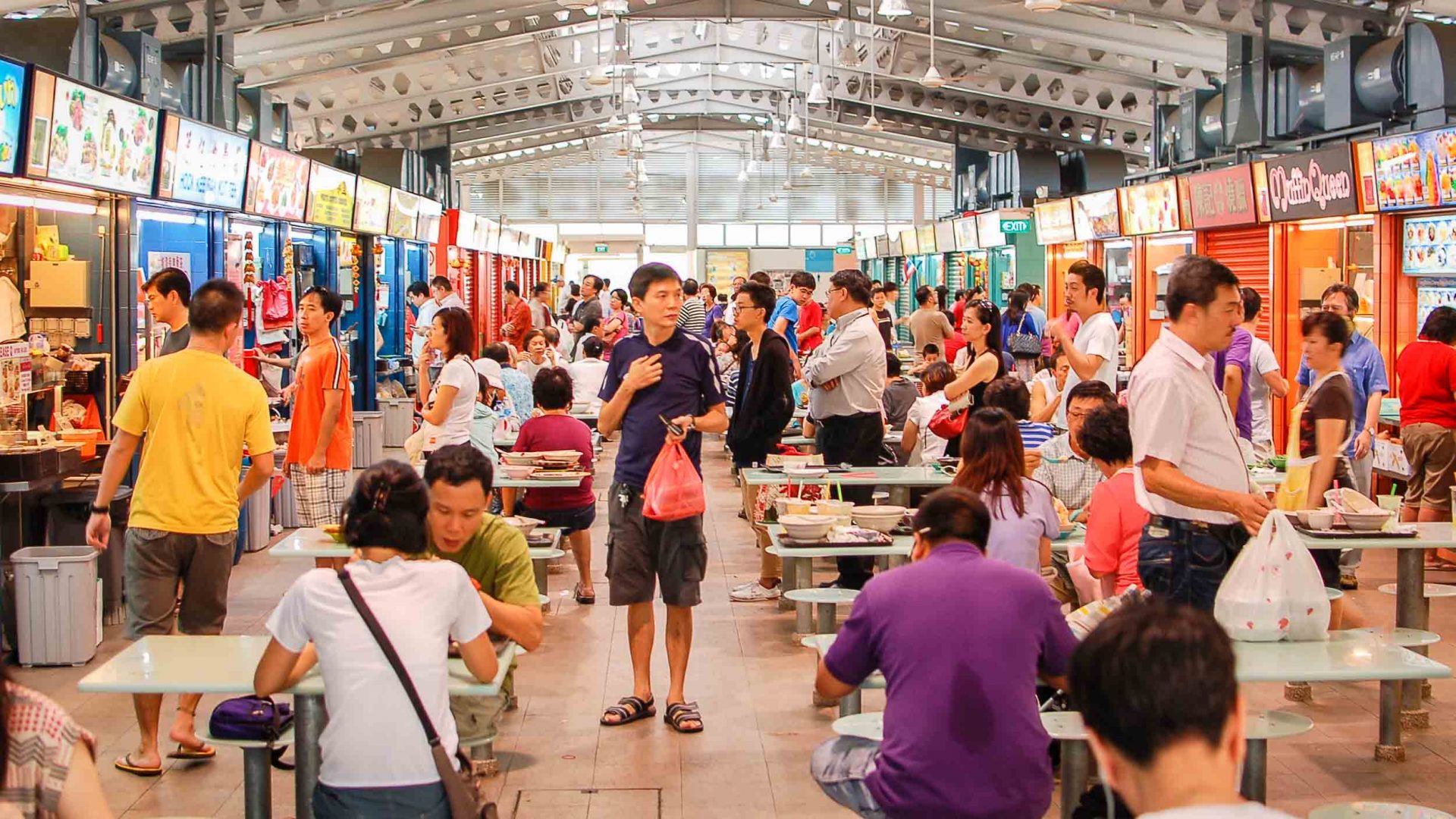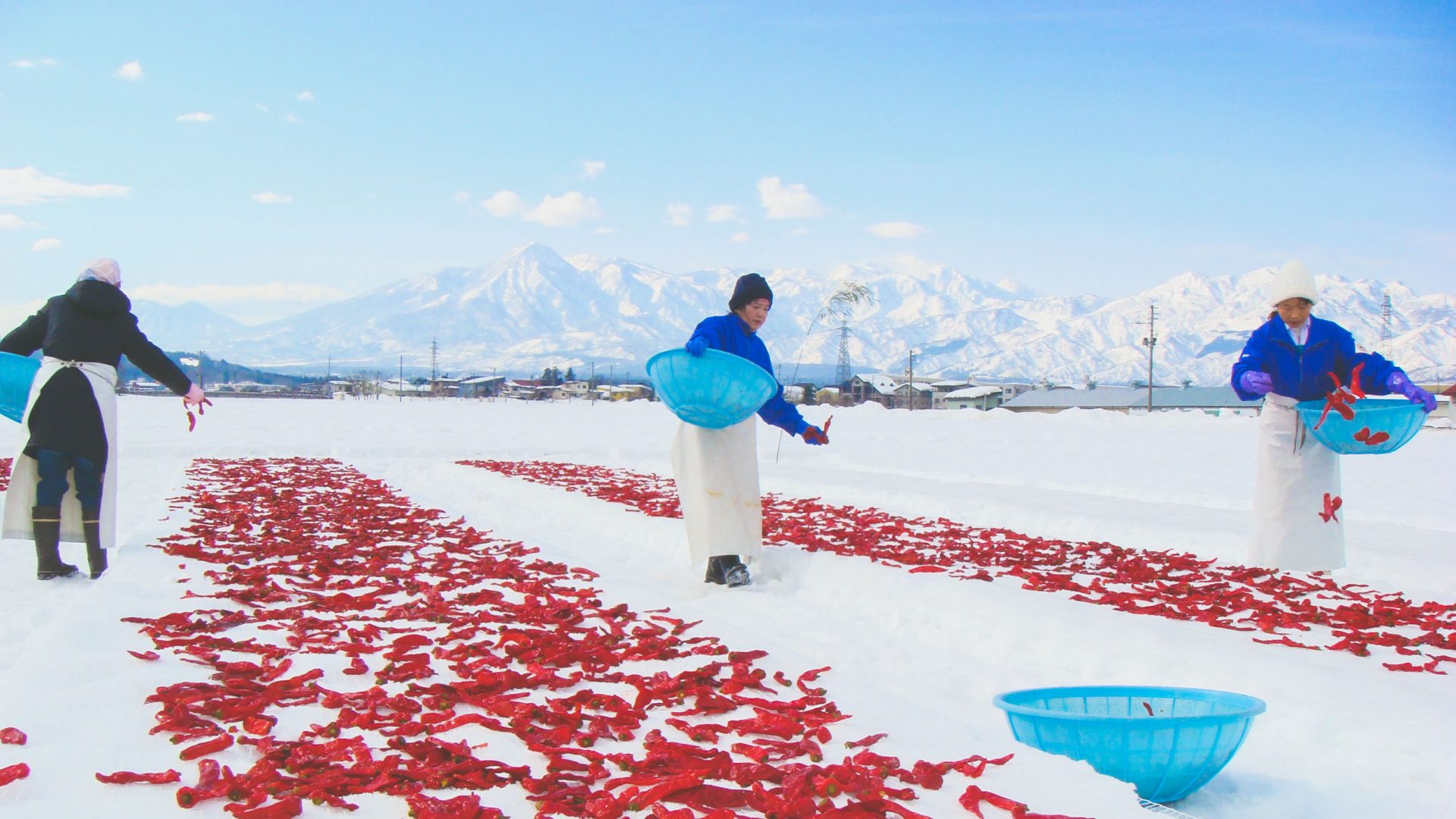
Editor’s note: This article was published before the coronavirus pandemic, and may not reflect the current situation on the ground.
It’s not a local herb or an exotic spice. There’s another ingredient that makes the cuisine (and drink) of this little-visited region of Japan extra-special: Snow.
As I cross into Niigata Prefecture, it quickly becomes clear why Nobel Prize-winning author Yasunari Kawabata dubbed this region “snow country”.
It’s spring and the first cherry blossoms are due to appear within a fortnight. And yet on either side of the road in Myoko Kogen, one of Japan’s top ski resorts, precipitous banks of dense snow loom over the car, and thick two-meter piles cover the rooftops. In fact, the snow gets so deep here in the winter that many houses have a second front door on the first floor to allow people to get in and out. My guide Ayako Furuya tells me this as a blizzard gradually envelopes the car in a white cocoon.
Few foreign travelers make it to Niigata on the northwest coast of Honshu Island, some 250 kilometers (155 miles) from Tokyo. Those who do come to ski. But I wanted to sample another, little-explored aspect of the region: Snow food, a distinctive cuisine shaped by brutal winters, prodigious snowfalls and local ingenuity.
